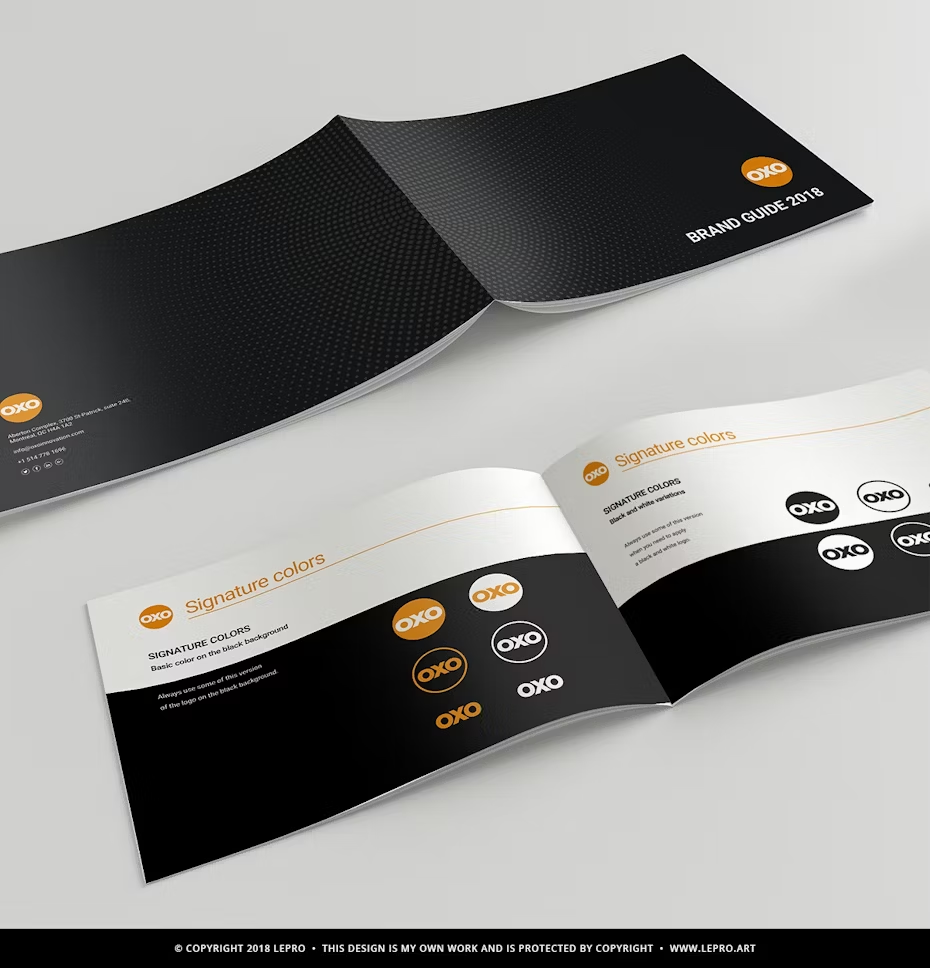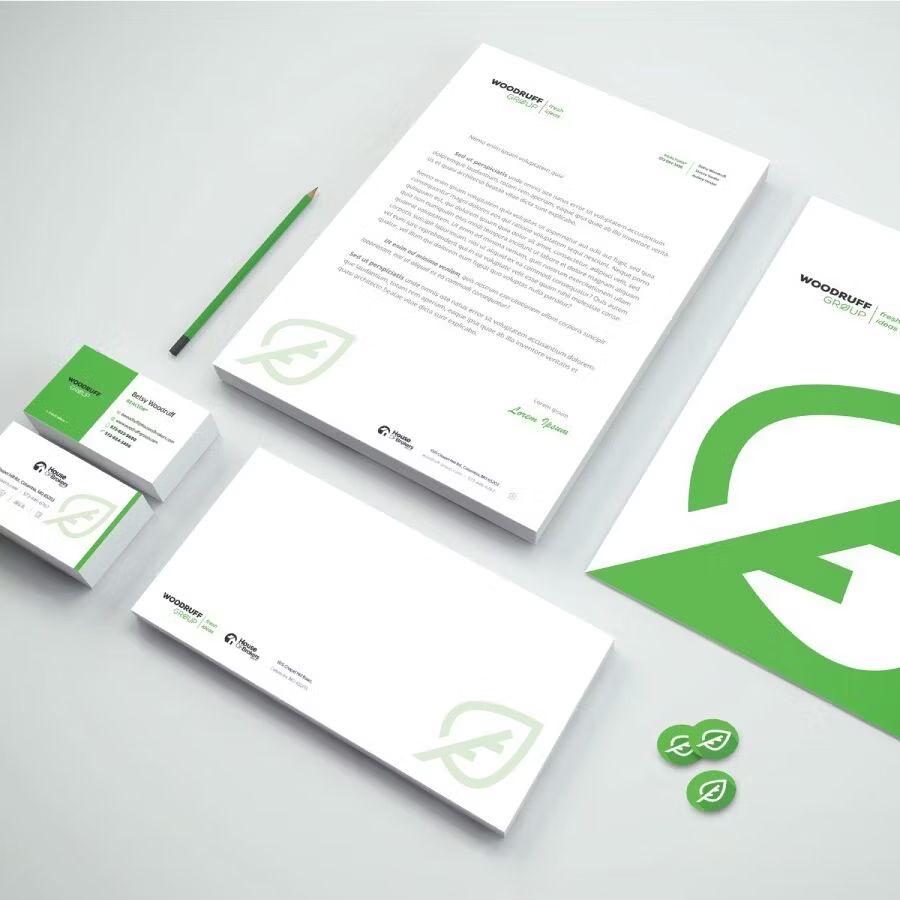Your brand is what other people say about you when you’re not in the room.” – Jeff Bezos

A brand is a relationship between a business or organization and its audience. A brand identity is how the organization communicates its personality, tone and essence, as well as memories, emotions and experiences. Visual identity graphic design is exactly that: the visual elements of brand identity that act as the face of a brand to communicate those intangible qualities through images, shapes and color.




Brand design involves creating the visual and conceptual elements that represent a brand’s identity and values. It’s a crucial aspect of branding that helps businesses communicate their message effectively to their target audience. Here are some key components involved in brand design:
Logo Design: This is the primary visual element of a brand. It typically includes a symbol, icon, or wordmark that represents the brand. A logo should be distinctive, memorable, and reflect the brand’s personality and values.
Color Palette: Colors play a significant role in brand identity. A carefully chosen color palette can evoke specific emotions and associations, helping to reinforce the brand’s message. Brand designers select colors that align with the brand’s personality and target audience.
Typography: Typeface selection is essential for conveying the brand’s tone and style. Brand designers choose fonts that complement the logo and reflect the brand’s personality, whether it’s modern, traditional, playful, or sophisticated.
Visual Elements: Besides the logo, brand design encompasses other visual elements such as patterns, icons, and imagery that contribute to the brand’s visual identity. Consistent use of these elements helps to create a cohesive brand experience across various touchpoints.
Brand Guidelines: Brand guidelines document how the brand’s visual elements should be used across different mediums and applications. They include specifications for logo usage, color codes, typography, and other design elements to maintain consistency and integrity.
A logo is a visual symbol or mark used to represent a person, company, organization, product, or brand. It is often created to be easily recognizable and memorable, serving as a quick way for consumers to identify and differentiate one entity from another.
Monogram logos or lettermarks are logos that consist of letters, usually brand initials. IBM, CNN, HP, HBO...
Similar to a lettermark, a wordmark or logotype is a font-based logo that focuses on a business’ name alone. Think Visa and Coca-Cola.
An abstract mark is a specific type of pictorial logo. Instead of being a recognizable image—like an apple or a bird—it’s an abstract geometric form that represents your business. A few famous examples include the BP starburst-y logo, the Pepsi divided circle and the strip-y Adidas flower.
A pictorial mark (sometimes called brand mark or logo symbol) is an icon—or graphic-based logo. It’s probably the image that comes to mind when you think “logo”: the iconic Apple logo, the Twitter bird, the Target bullseye.
Mascot logos are logos that involve an illustrated character. Often colorful, sometimes cartoonish, and most always fun, the mascot logo is a great way to create your very own brand spokesperson—er, spokes-character
A combination mark is a logo comprised of a combined wordmark or lettermark and a pictorial mark, abstract mark, or mascot.
An emblem logo consists of font inside a symbol or an icon; think badges, seals and crests.